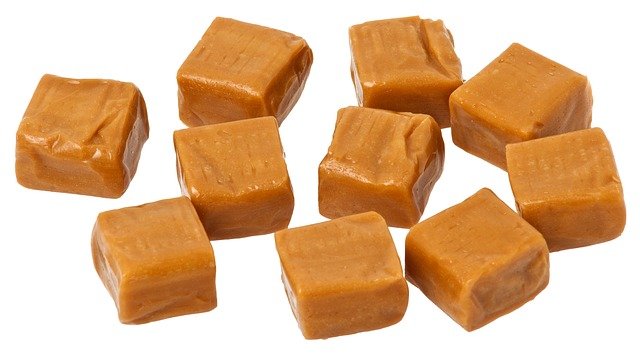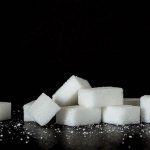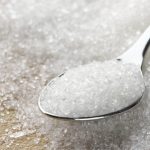
Fudge is a very sweet confection which has been loved by many over the centuries. This sugar candy is a simple mix of sugar, butter and milk.
It is according to standard texts on the sweet a cross between caramel and fondant. More accurately it is defined as a highly grained medium boiled soft caramel containing milk solids and a high fat content. It typically contains between 25% and 30% sugar crystals. The sugar crystal content is higher than in a caramel which gives it a softer texture.
The moisture content is in the range of 10 to 12 % by weight.
The graining is produced by mechanically agitating the cooked confection which induces crystallization and is similar to that for causing graining in fondant. The alternative method involves seeding the concentrated sugar mass with fondant.
Preparing A Fudge In The Home
Fudge making is a popular choice for small-style product developers aiming to sell their fudge products in retail. The scale-up of manufacture always takes the basic principles of preparation below. The following example used mechanical agitation to prepare the fudge mass.
A typical British-style fudge has the following ingredients:
- 400g condensed milk (a tin’s worth)
- 450g/1lb. light brown soft sugar
- 120g/4½oz. butter
- 125ml/4fl. oz. milk
- a small pinch of salt.
Preparation
- In terms of preparation, all the ingredients except for the salt is added to a dry saucepan which is warmed. The whole dry mixture is continuously stirred to melt the butter and dissolve the sugar.
- The mixture is brought to a rolling boil on medium-high heat for 10 minutes. To avoid burning at the edges of the pan, the mixture is continuously stirred.
- As it cooks, the mixture begins to become darker and also quite glossy. The next step is the critical one for fudge making because this is about testing the mixture.
- A teaspoon of mixture is added to a bowl of ice-cold water. The confection when it is ready becomes like a pliable mass which is extremely soft. This is called the ‘soft-ball’ stage. There should be no stickiness when it is pressed between the fingers. If it does stick, the boil is continued and the same test performed every 3 minutes until it passes. Clearly, experience is needed with this but practice soon shows when the fudge is ready.
- Once it has passed the stickiness test, some salt is added and the mixture is mixed rapidly. It should be fully beaten to produce a smooth mass and the gloss should be dulled.
- Beating the fudge too long will harden it but this can be corrected with additional heating.
- The whole mass is allowed to cool for 10 minutes. The thickened fudge mixture is mixed and beat again so that the top is broken and it starts to lose its shine. The fudge is left for another 5 minutes and then mixed.
- The mixture is now poured into a lined baking tray or a greased pan where it is cooled in a refrigerator for 3 hours.
- Once the fudge has set, it is chopped into pieces with a knife.
A much darker fudge called panocha or penuche is prepared with brown sugar rather than white sugar.



Leave a Reply